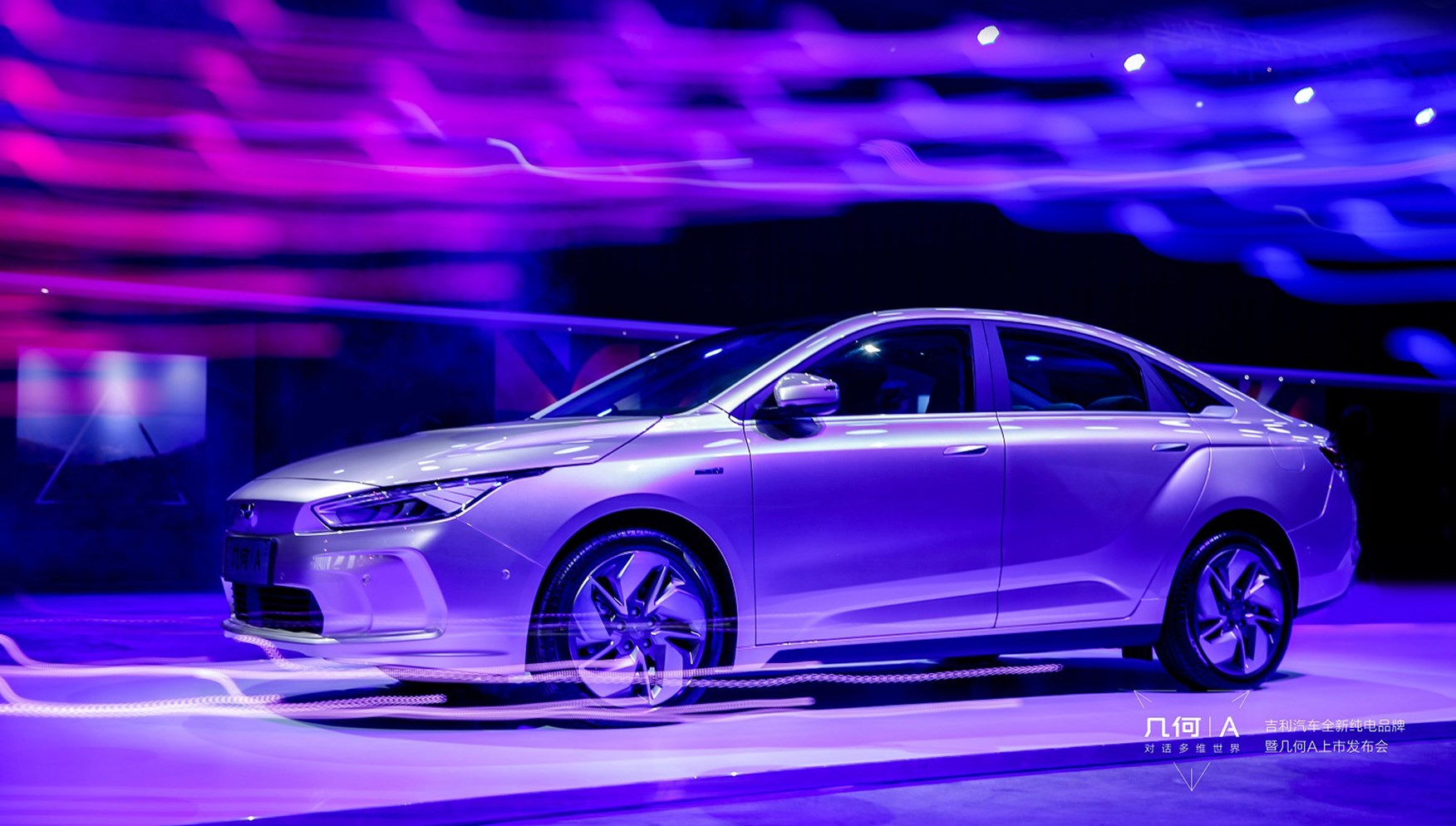
Motor Industry Association Urges Government to Introduce a Feebate Scheme to Accelerate the Uptake of Low Emission Vehicles
Motor Industry Association Chief Executive David Crawford says the MIA and its members are strong supporters of having effective policies to encourage the reduction of carbon emissions from transport.
“Policies that influence demand by incentivising the adoption of low emission technologies are effective tools so long as those policies are implemented in a way that addresses the price premium those vehicles have.”
He says “because the distribution of new vehicles in NZ is a derived demand model, a well-designed feebate scheme incentivises change as it influences the purchase decision. This in turn alters the mix of models supplied by distributors which is more influenced by what is bought, and therefore restocked, than policies aimed singularly at limiting supply.”
“Low emission technology is expensive so policies that address low emission vehicle affordability are likely to be the most effective tools available to Government.”
A feebate policy, where vehicles with high emissions attract a penalty fee which then becomes available to vehicles with low emissions to reduce their cost, helps to make these vehicles more affordable.
Proposed Elements of a Feebate Scheme
Key elements of a feebate scheme are:
- Limits at which a fee is imposed.
- Size of the neutral zone where vehicles do not attract either a fee or rebate.
- Limits under which a rebate becomes available.
- Whether or not the Government contributes to the scheme to increase its efficacy.
The MIA Proposes
- The feebate scheme applies to all light vehicles (less than 3,500kgs gross vehicle mass)
- Vehicles with CO2 output of 230 grams per kilometre and above pay a penalty.
- Vehicles with a CO2 out between 100 and 230 grams per kilometre are in the neutral zone.
- Vehicles with a CO2 output between 50 and 100 grams per kilometre attract a low rebate (this targets some hybrids and most PHEVs)
- Vehicles with a CO2 output below 50 grams per kilometre attract the highest level of rebate.
- Alternatively, a sliding scale of rebate from 100 grams to 0 grams could be used.
- If the Government were prepared to put say $10m a year for several years into the feebate scheme then the level of rebate for low emission vehicles could be higher thereby significantly increasing the rate of low emission vehicle uptake.
The level at which a fee or rebate (and the size of the neutral zone) would need to be lowered with each successive year so that over time these become more challenging. If the Government agreed to contribute to the rebate fund this would also reduce over time.

































.jpg)

.png)



